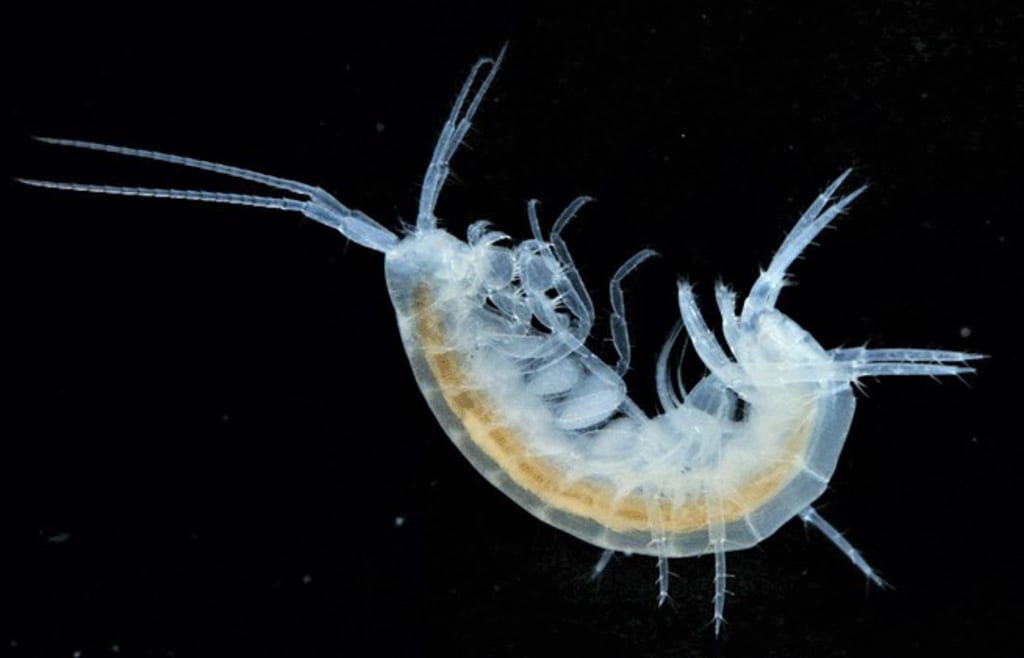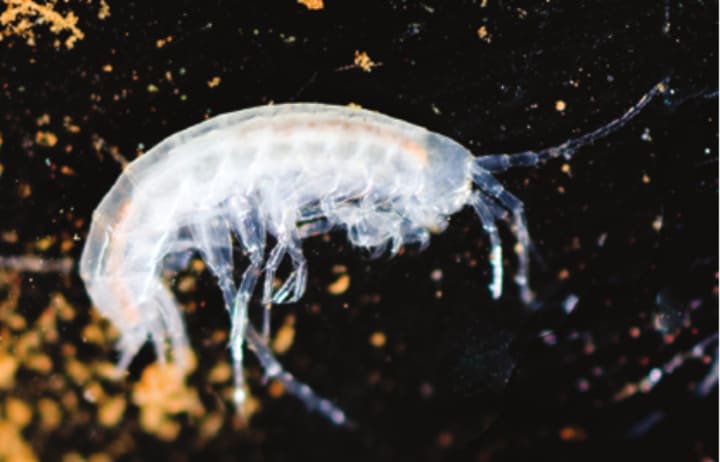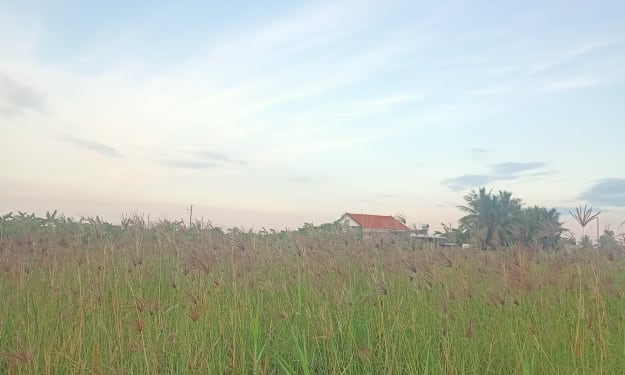Post-modern rock-pooling
Just what are stygobites?

Gazing into nature’s aquarium; a replica of the distant life in the ocean, rock pools show us a glimpse of the distant, marine world of crabs, shrimps and all manner of crustaceans jostling for life in their aquatic domain. But is the coast as far as they venture? The holidaying shores of the seaside may hold the classic rock-pool, but a similar crustacean abundance exists unknown beneath our dry, clad feet. Deep within our inland geology, a rich biodiversity of crustaceans is only yet beginning to be unearthed, living squeezed into the tiny nooks and crannies carved into the subterranean landscape.
The creatures of these unseen depths are known as stygobites, and after so long buried beneath ground have become like the ghosts of their more marine counterparts. Their bodies have become wraith-like; sightless and an eerie white, while they have sprouted further‐reaching limbs and antennae for fumbling around in the rocky crevices. These are not for catching in seaside fishing nets and buckets, but inhabit a unique ecological and geological niche, after a dual ancestry arising from both freshwater and marine animals. A suitably unique home is formed by deep underground hydro-geology, as groundwater erodes extensive submerged channels that permeate the land. They are found throughout these clandestine networks; from sparse, thin rock fissures to the deep aquifers in chalk, limestone and other rock strata, and even in the infinitesimal liquid spaces between the gravel grains of riverbeds.

Although also recorded in cave pools, it is thought that stygobites are native to the isolated channels of phreatic water (ground water below the water table) deep in rock beds, and only by flooding and heavy rains are they brought into the fringes of our world, as they are flushed out into cave and river systems. Despite their apparent isolation, this aquatic subterranean habitat has enabled stygobites to become relatively widespread throughout the subsurface, and they are wider ranging than the related troglobites (which are terrestrial, as opposed to the aquatic stygobites). This is likely due to the dynamics of water associated with flooding, allowing stygobites to disperse and spread in range. If you want to know which rocks beneath your feet may hold this secret life beneath, research has shown that stygobites appear to favour fissured, carbonate strata, which may be due to such rock providing the most fitting basis for their habitat.
Stygobites are not just fascinating largely unknown creatures in our landscape, but have wider implications, from revealing more about biogeochemical processes deep in continental geology, to acting as indicators for the condition of subsurface waters and our increasing impact on them through aquifer drainage as a water resource. Even with their natural secrecy and our predominant ignorance of them, it seems that even these remote creatures can’t escape the global anthropogenic changes to the Earth. It is thought that the stygobites’ adaptations for stable aquatic environments (such as long life‐cycles and slower egg development) may not withstand a modernity of farmed aquifers, where water levels must follow the rhythm of mankind’s insatiably thirsty lifestyle. Stygobites attempting to survive such altered environments may migrate or simply decline; becoming dormant under such stressors. This unfortunate trend may however also provide a hidden benefit; as such effects may be utilizable as biomarkers of pollution or climate change.
Knowledge of our geological past can also be gleaned from these unassuming creatures, such as our past climate through the distribution of the stygobite species. As past glaciers froze vast areas of the land surface, the stygobites’ ecosystem was deprived of nutrients and water; starving their population and leaving gaps in their distribution that still remain today, although recent research also suggests the survival of groups of stygobites from previously glaciated areas in other parts of the world, such as Canada and Ireland. Studies in everything from the micro‐structure of groundwater channels and aquifers, to large, extensive geological changes, and even to our past climate, can be advanced through a better understanding of these hidden rock-poolers.
(Readers can find additional information in: Lamoreux, J., Journal of Cave and Karst Studies, 2004, v.66, pp.18–19; and, Roberston, A.L., et al., 2009. The distribution and diversity of stygobites in Great Britain: an analysis to inform groundwater management. Quarterly Journal of Engineering Geology and Hydrogeology, v.42, pp.359–368.)
About the Creator
Georgia Melodie Hole
Science poet. Photographer. Nature lover. Arctic climate researcher. Writer.
Enjoyed the story? Support the Creator.
Subscribe for free to receive all their stories in your feed. You could also pledge your support or give them a one-off tip, letting them know you appreciate their work.






Comments
There are no comments for this story
Be the first to respond and start the conversation.